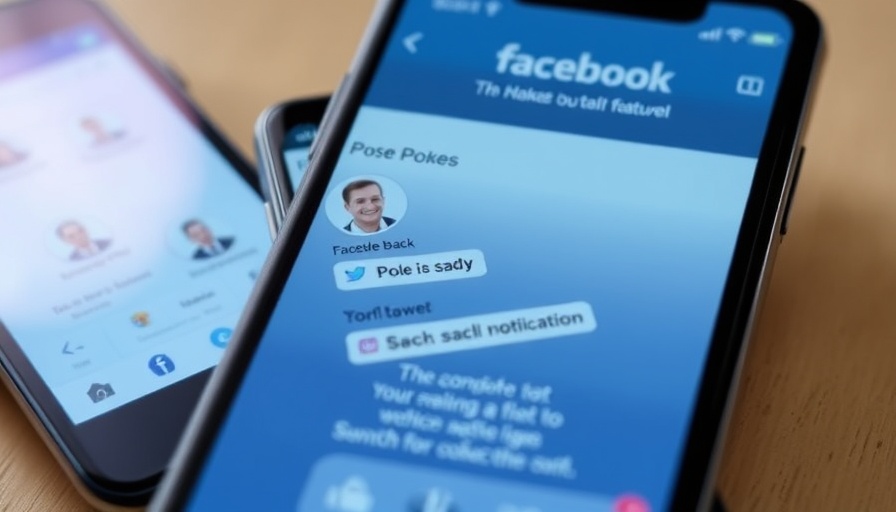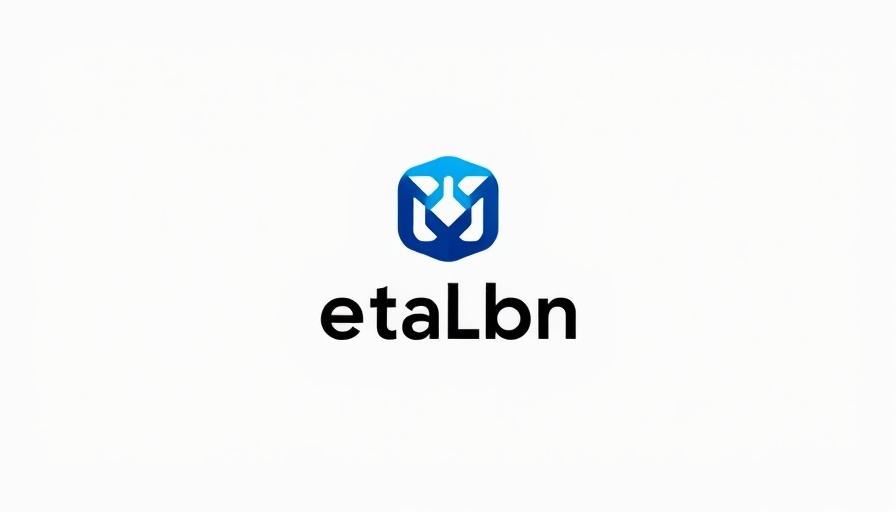
Understanding the Importance of Timing in Social Media Strategy
As a business owner, you've probably pondered the question: when is the best time to post on social media? The answer isn't just a simple 'Monday at noon' or 'Wednesday at 9 AM'—it's far more nuanced. In 2025, the dynamics of social media platforms have shifted, emphasizing the need for a tailored posting schedule that resonates with your audience's habits. This article will explore optimal posting times across different platforms, enriched with insights to better engage your audience.
The Best Times to Post on Prominent Social Media Platforms
Speaking of optimal timing, research shows that the best time to post varies by platform, audience, and even content type. For example, studies conducted on over 50,000 accounts have pinpointed specific times for each social media platform:
- Facebook: Best times are Wednesday at 1 PM and Thursday at 2 PM. Active user engagement peaks mid-week, making it an ideal time for content marketing.
- Instagram: Posting between 7 AM - 9 AM and noon - 2 PM on Thursdays yields the highest engagement rates.
- Twitter (X): The sweet spots are Tuesday and Wednesday mornings from 9 AM to 11 AM, as users are typically engaged during their breaks.
- YouTube: Aim for 2 PM - 4 PM on weekdays, with Sundays being particularly active around 9 AM.
- TikTok: User engagement spikes on Tuesday around 10 AM and Thursday afternoons.
- LinkedIn: Professionals are most active on Tuesdays and Wednesdays, particularly between 10 AM to noon, making it prime for B2B communications.
- Pinterest: Early evenings, especially Sundays, are recommended for this platform as it attracts users seeking inspiration.
While these times provide a structure, remember they serve as starting points. Each audience is unique, and leveraging platform analytics can help fine-tune your specific posting times.
Factors Influencing Social Media Engagement
To maximize your reach, it's vital to consider factors beyond mere posted content. Here’s why:
1. Content Quality Matters
Your content needs to be ready for prime time. Posting engaging, high-quality content is essential; even the best timing cannot salvage poor-quality posts. Create content that resonates with your audience, focusing on their interests and engagement patterns.
2. Audience Behavior and Time Zones
Take into account varying time zones and cultural habits that influence user behavior globally. A study found that the best times to post can differ by location; for instance, audiences in the U.S. peak around early afternoons, while those in Europe may engage mid-mornings. Understanding your audience's routines helps align your content with when they are most receptive.
3. Using Analytics for Continuous Improvement
Regularly analyze engagement metrics post-publishing. Social media tools can provide detailed insights into when your posts perform best, enabling you to refine your strategy continually. Keeping a record will help in pinpointing trends specific to your audience.
Take Action: Optimize Your Social Media Strategy Today
With these insights, take the next step in your social media strategy. Experiment by posting during suggested peak times, and use analytical tools to track your performance. Discover the impact of timing on your engagement and adjust accordingly. Plan your content calendar not just with creative genius but with a strategic approach based on audience behavior.
Conclusion: Making the Most of Your Social Media Presence
In a world inundated with content, timing is everything. Understanding the best times to post can drastically affect your engagement and overall marketing success. As you adapt your strategies for 2025, ensure you keep your content high-quality and attuned to your audience's habits.
 Add Row
Add Row  Add
Add 




Write A Comment